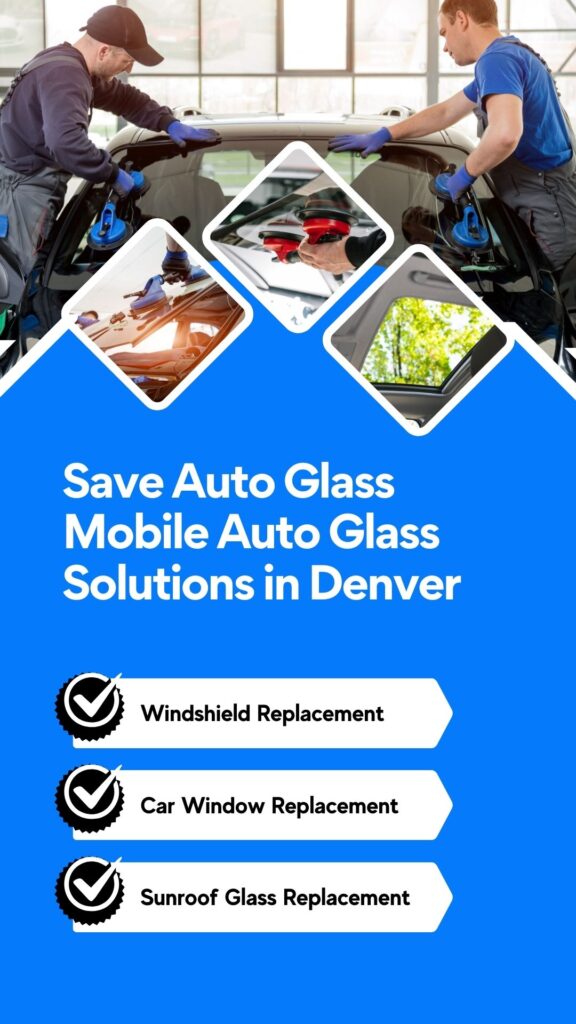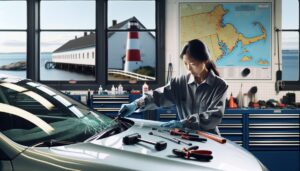If you’re in the market for a new car, you may consider getting a vehicle with a sunroof. These optional vehicle windows consist of multiple panels and multiple operating positions, including sliding, tilting, folding, and extending.
Sunroof problems include leaks and electrical faults, among others.
Here is a list of kinds of vehicle sunroofs and potential problems you may encounter.
Fixed/Inbuilt
A fixed sunroof has no mechanism to open or close. It also has no surrounding window frame. If there’s a leak in this type of sunroof, it’s likely due to a faulty seal.
Tilt-Slide
Tilt-slide sunroofs open and close with a sliding motion, while the front and back sections tilt forward and backward. This type of sunroof also has a seal to help prevent leaks.
However, if the sunroof seal fails, the leak will travel all the way to the top of the car.
Sliding
A sliding sunroof slides, tilts, and opens. The sliding motion takes the place of the tilting action, and the front and back sections slide open and closed.
This sunroof is typically more expensive than other models.
Folding
Folding sunroofs are mounted on top of the vehicle’s roof. They are hinged, and when folded down, the sunroof is stored behind the car’s rear seat.
If you have a folding sunroof and there’s a leak, the leak usually occurs due to a faulty seal and roof.
Extending
An extending sunroof is a roof that slides out and extends over the rear roof or window. This is the most expensive type of sunroof, though it is considered the safest and most convenient.
If there’s a leak in this model vehicle, the water will travel from the roof to the back of the car.
Usual Sunroof Problems
After looking at the different sunroofs, many people may wonder what can go wrong with their vehicle’s sunroof. While each type of sunroof has potential issues, all models share some possible problems, including:
- Leaks – The seal around a sunroof can dry out and become weak, allowing water to get inside the vehicle. The leak will come from the front, back, or top of the car in most cases.
- Electrical Defects – The sunroof motor can go out, or the sunroof motor and wiring can become damaged.
- Weatherstripping Deterioration – The edges of the sunroof can break down and leave a gap, allowing water and snow to get inside the vehicle.
- Dysfunction – The sunroof can stop working properly, either because of a known defect or when it is too hot. Sunroofs aren’t meant to be used in scorching, sunny areas and may become too hot and start to shut down.
- Corrosion – Corrosion can form on the frame and nearby components, creating tiny cracks that lead to leaks.
Conclusion
All sunroofs will eventually break down, especially if car owners fail to maintain them. However, you can extend the life of your sunroof by regularly keeping an eye on it. If you notice any leaks, be sure to get the help of skilled and experienced technicians and have your sunroof repaired right away.
If you need auto glass repair in Denver, rely on Save Auto Glass. We perform windshield repair, replacement, and more. Get a quote today.





